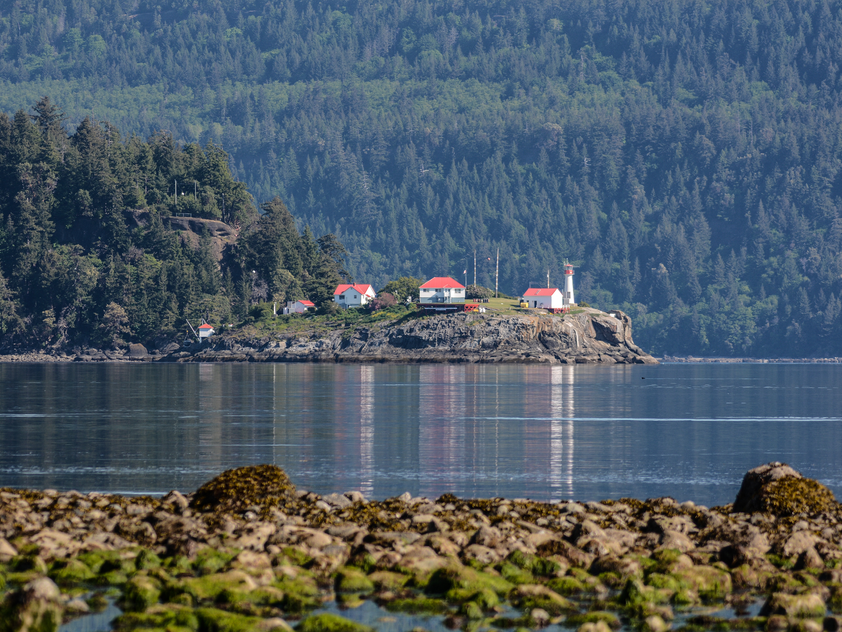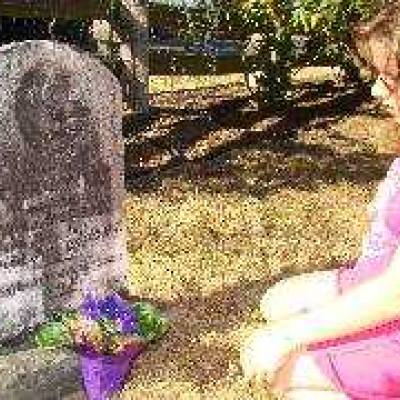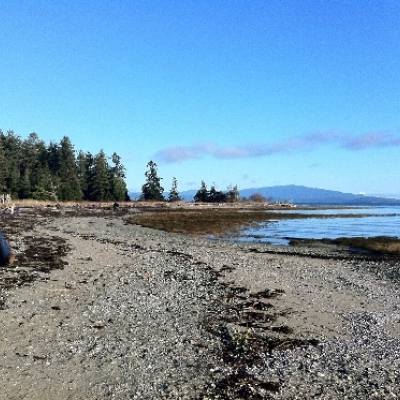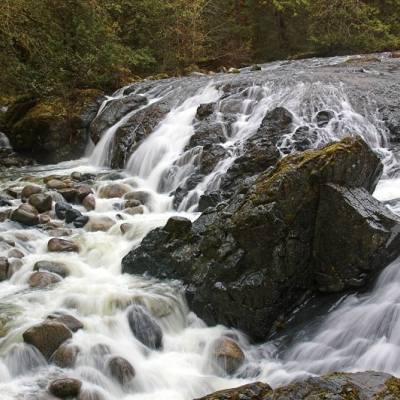Temporary Closure of Beaches to Dogs
Beaches within the Parksville Qualicum Beach Wildlife Management Area (PQBWMA) will be temporarily closed to dogs to the annual Brant geese migration. Rathtrevor Beach will be closed to dogs from February 15 to April 30. Parksville Bay Beach and Qualicum Beach from March 1 to April 30.
More InfoThe History of Parksville Qualicum Beach
Explore the history of Parksville Qualicum Beach, from the pioneering era to our thriving region today.

The Parksville and Qualicum Beach areas are steeped in layers of history. At first glance, you may notice charming streets, bucolic greenery, and scenic coastal views, but there are stories hidden in the sands of our beaches and the rings of our trees. Whether you’re exploring local historic sites or quenching your curiosity about the region’s past, here’s everything you need to know about Parksville and Qualicum Beach’s history.
The Snaw-naw-as (Nanoose) First Nation & The Qualicum First Nation
We are committed to presenting the history of this region in a manner that is both accurate and respectful of its cultural heritage. In pursuit of this, we are honoured to be collaborating with the Qualicum First Nation and the Snaw-Naw-As First Nation to ensure that the stories we share reflect the rich and profound history of the land and its peoples. This collaborative effort underscores our dedication to acknowledging and preserving the narratives of the First Nations communities that have called this region home for generations.
The Pioneering Years: Mid- to Late 1800s
In 1850, Parksville was named the Englishman’s River (which is now Englishman River) as an Englishman drowned while attempting to cross the waters. Qualicum Beach also began to develop in the mid-1800s.
With the boom of the fur trade, The Hudson’s Bay Company created Victoria in 1843 and Nanaimo in 1852. Seeking to find a land path to the West Coast, the Company sent a group of explorers, who were led by Adam Grant Horne, to journey through the Qualicum Beach area. This trip established the Horne Lake Trail, which was frequented by visitors and settlers who were journeying to Alberni.
A route was developed in the 1860s, stretching from Victoria to Comox. In the early 1880s, the first non-First Nations settler moved into a spot by the Englishman’s River. In 1886, a wagon road was finished and connected Nanaimo to Englishman’s River.
The Englishman River Post Office, which was operated by Nelson Parks, was retitled as the Parksville Post Office in 1887. During a small party at Nelson Parks’s shack, the City first became declared as “Parksville.”
Must-See 19th Century Landmarks:
- St. Anne’s Church - In 1894, St. Anne’s Church was developed as a memorial to Reverend C. E. Cooper’s mother. St. Anne’s was the first Anglican church in Parksville.
- Rod & Gun - Settlers John and Anne Hirst arrived at the mouth of the Englishman River, where they farmed and established a hotel known as the Seaview. The hotel, however, was destroyed by a fire. John Hirst then developed another accommodation named the Rod & Gun in 1896. This hotel was one of the first establishments in Parksville and was transformed into a stage coach stop.

The Locomotive Era: Early 1900s
Along with growing housing developments, the early 1900s marked the first train traveling from Nanaimo to Parksville. Logging was a large part of the local commerce and the tracks of the Esquimalt and Nanaimo (E&N) Railway gave way to economic growth for Parksville. Visitors journeyed to Parksville for the beaches, which led to the creation of inns, campgrounds, and resorts. Qualicum Beach and Coombs were also rapidly developing in the early 1900s. Qualicum Beach was becoming a burgeoning area for hotels, golf links, and newcomers, while several British families were immigrating to a Salvation Army Colony in Coombs.
Did you know: The Coombs Fair was first held in 1913! It’s now an all-encompassing celebration with agricultural events and art exhibitions.
Must-See Historic Sites from the Early 20th Century:
- Arrowsmith CPR Regional Trail - Venture through this breathtaking hiking trail, which was developed in 1912 and is considered the oldest well-maintained trail on Vancouver Island.
- Qualicum Beach Memorial Golf Club - This historic golf club was built in 1913 and is one of the oldest courses in British Columbia. Take in the glimmering coastal sights while participating in exciting rounds of golf.
- Parksville Community Park - This park was bought by residents in 1923 as an effort to protect the beach area. This outdoor spot now features a fun playground area and welcomes the annual Parksville Beach Festival’s Sandcastle Competition.

More Communities Thrive Over the Centuries
Nanoose Bay
European settler John Enos (Joao Ignacio) was the first European settler on the Nanoose Bay Peninsula in 1862. Although the bay was originally spelled Noonooa on an 1864 map, the name “Nanoose” became official in the 1870s. The Nanoose First Nation regarded the area as Berry Point. Nanoose Bay was a booming area for a variety of industries, including gunpowder and lumber manufacturing. In the early 1900s, the Straits Lumber Co. mill, an industrial lumber factory, employed workers from China, Japan, and India. As you travel around Nanoose Bay, we recommend keeping an eye out for remnants of our manufacturing era—for more information, explore a self-guided history tour here.
Errington
The first settlers of Errington were Duncan McMillan and Alva Swayne in 1885. Errington was named after a village in England’s Northumberland County, and its post office was established in 1891. In the early 1920s, Errington became a popular events hub as a farmers market, Hi Neighbour Day celebrations, a pumpkin trail, concerts, and more were held at the Errington War Memorial Hall and its adjacent park.
Lighthouse Country
Nestled on the eastern coast of central Vancouver Island, Lighthouse Country is a region consisting of smaller communities, including Deep Bay, Bowser, Dashwood, Qualicum Bay, and Dunsmuir. Fishing and logging were some of the main traditional industries in Lighthouse Country. Now, it’s a breathtaking outdoor haven, where water-based activities, hikes, and wildlife-watching adventures await.

Fun Facts About Parksville Qualicum Beach
- Before Captain Vancouver, Spanish explorers traveled to the Parksville area in 1791 and labeled the Englishman River as “Rio de Grullas,” which means River of Cranes.
- Qualicum translates to “Where the Dog Salmon Run” in Pentlatch.
- Qualicum Beach Hotel was built in 1913 and lodged popular icons such as Shirley Temple and Bing Crosby. Although the hotel was demolished in 1969, you can learn more about this establishment and other historic aspects of the 1900s at the Qualicum Beach Museum.
- Parksville became a town in 1978 and then was established as a city three years later, in 1981.
For those interested in diving deeper into the rich history and vibrant culture of Vancouver Island, there are several resources available, including our research on local historical sites, as well as history guides from Qualicum Beach Museum and the Lighthouse Country Business Association (LCBA).




